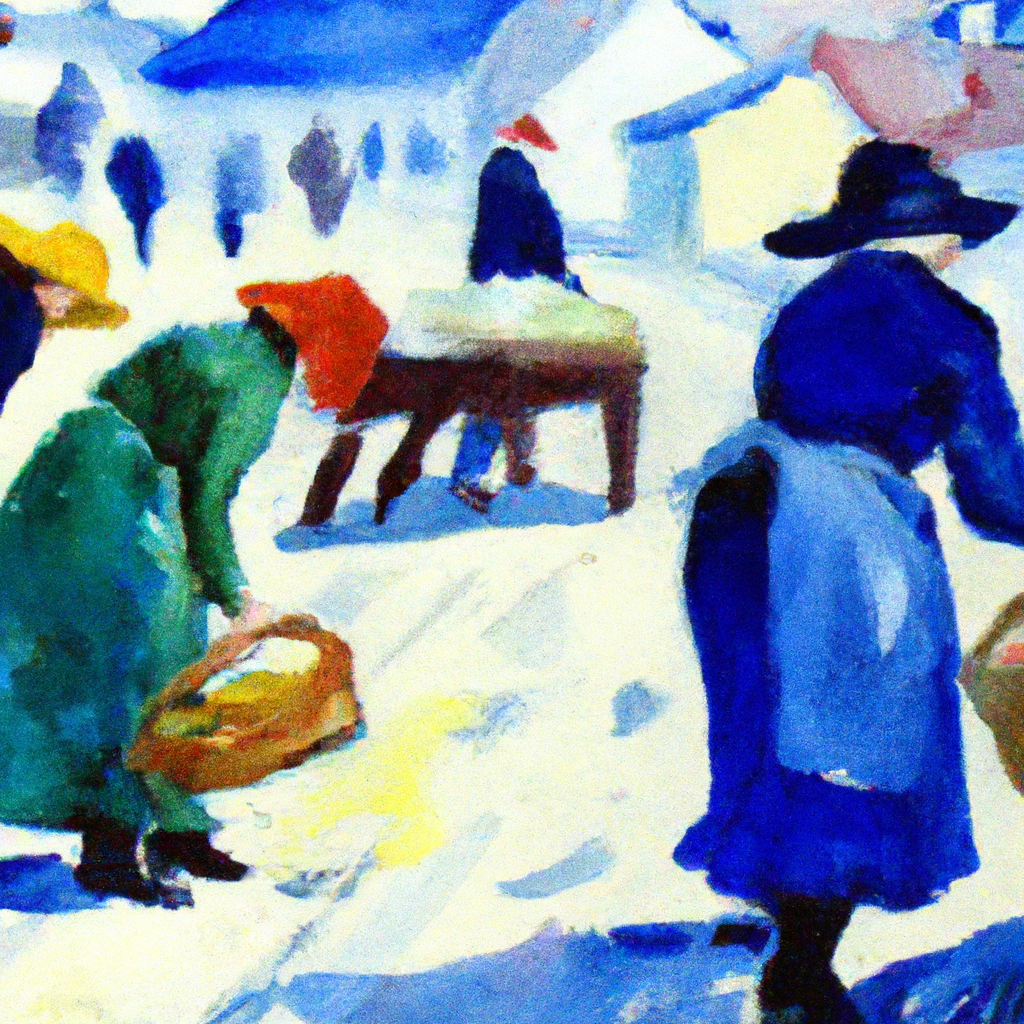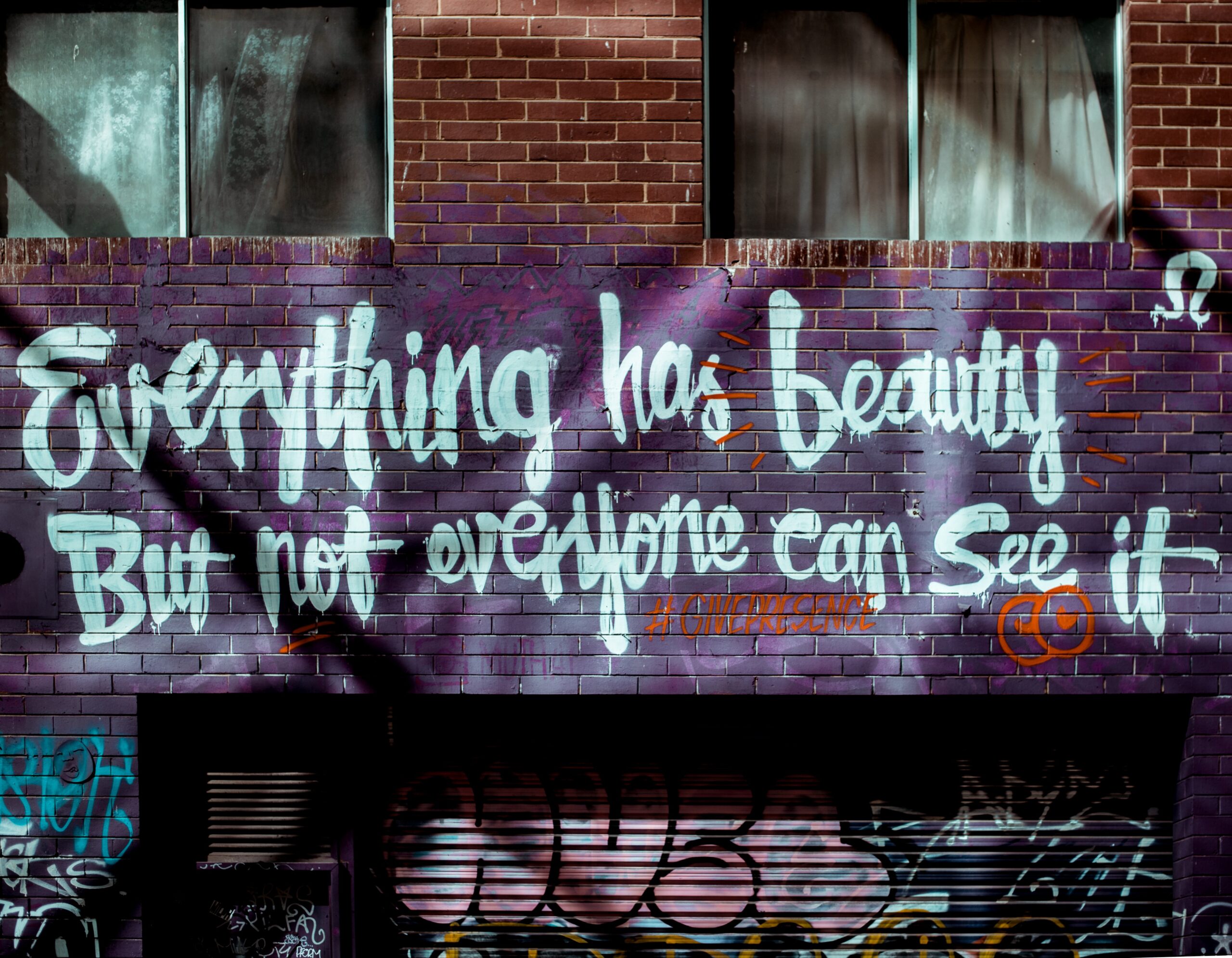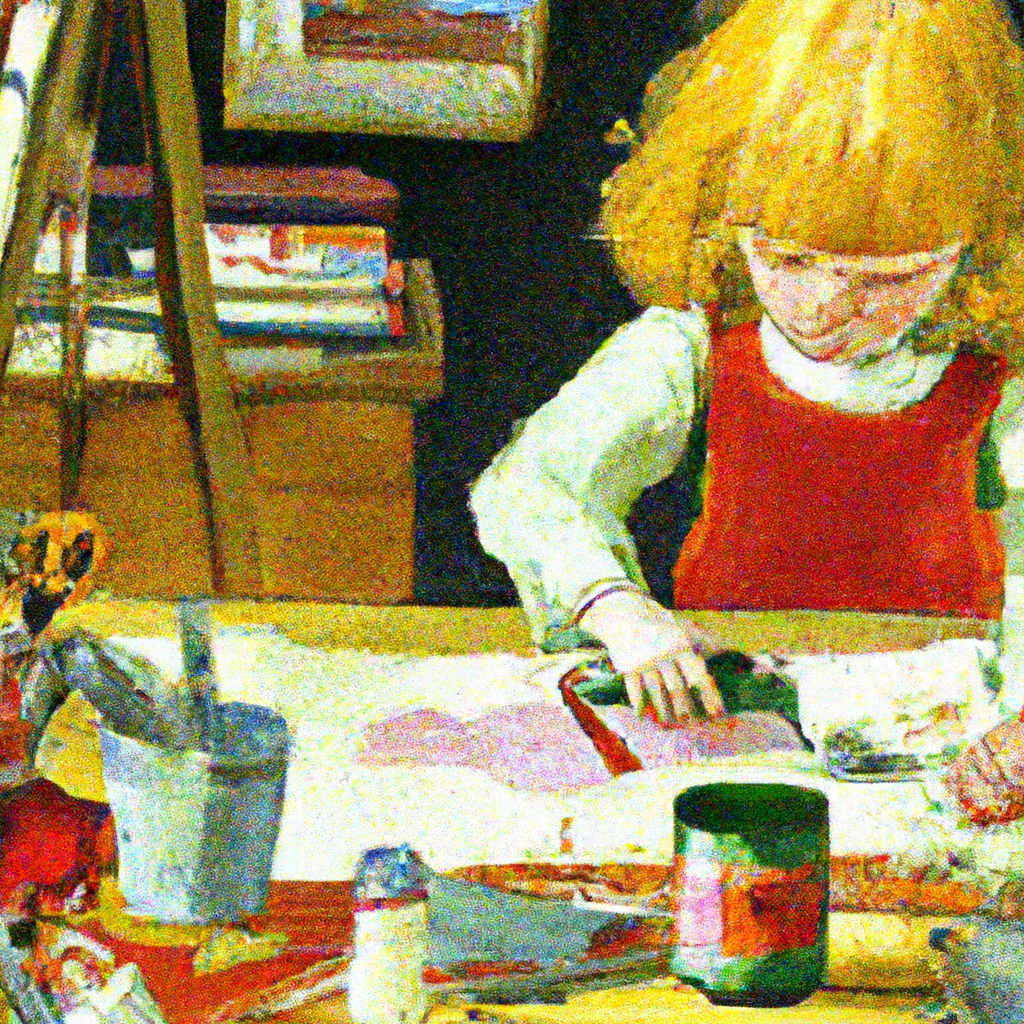In the world of painting, achieving bold and vibrant colors is often the key to creating eye-catching and captivating artworks. If you’re working with gouache, a versatile and opaque water-based paint, mastering the technique to achieve bold colors can take your paintings to the next level. In this article, you will explore various tips and techniques that will enable you to achieve stunning and intense colors in your gouache paintings. By understanding the importance of color theory, experimenting with layering techniques, and utilizing the right brushes and tools, you will be equipped with the knowledge and skills to create vibrant and impactful artworks.
Choosing the Right Materials
When it comes to achieving bold and vibrant colors in your gouache paintings, selecting high-quality materials is crucial. This starts with choosing the right gouache paints. Opt for artist-grade paints instead of student-grade ones, as they contain a higher pigment load, resulting in richer and more intense colors. Investing in good brushes is also essential. Look for brushes made specifically for gouache painting, as they are designed to hold more paint and allow for better control and precision. Lastly, consider using quality paper or canvas that is specifically made for gouache. This will ensure that the colors appear true and vibrant, and that the surface can handle the heavy pigmentation of gouache paints.
Understanding Color Theory
To achieve bold colors in your gouache paintings, it is important to have a solid understanding of color theory. Familiarize yourself with the concept of primary, secondary, and tertiary colors. Primary colors are the base colors from which all other colors are derived (red, yellow, and blue), while secondary colors are created by mixing two primary colors together (green, orange, and purple). Tertiary colors are created by mixing a primary color with a secondary color. Understanding color harmonies and complementary colors is also key. Complementary colors are those that are opposite each other on the color wheel and, when used together, create a strong visual impact. Lastly, familiarize yourself with warm and cool colors. Warm colors (such as red, orange, and yellow) are associated with heat and energy, while cool colors (such as blue, green, and purple) give a sense of calmness and tranquility.
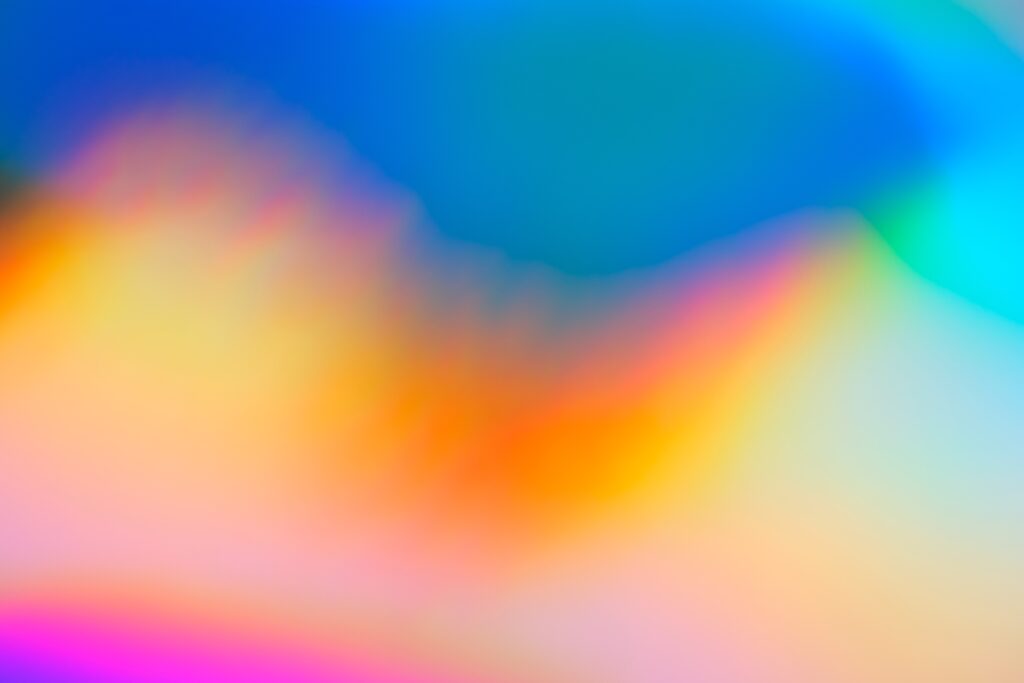
This image is property of images.unsplash.com.
Preparing Your Workspace
Creating bold and vibrant gouache paintings requires a well-organized and properly set up workspace. Start by organizing your paints and brushes in a way that allows for easy access and efficient workflow. Consider using a palette with separate compartments or wells to keep your colors organized and prevent them from mixing unintentionally. Proper lighting is also essential for accurately perceiving colors. Make sure your workspace is well-lit with a combination of natural and artificial light sources. Avoid using fluorescent lighting, as it can distort colors. Lastly, keep your workspace clean and tidy. Regularly clean your brushes and palette, and dispose of any dried or unusable paint. A clutter-free workspace promotes focus and creativity.
Mixing Colors
Mixing colors is an important skill when it comes to achieving bold and vibrant gouache paintings. Start with a limited palette of primary colors and experiment with mixing them to create secondary and tertiary colors. Understanding color mixing ratios is crucial in achieving the desired color intensity. Remember that a little goes a long way with gouache, so start with small amounts of paint and gradually add more until you achieve the desired color. Don’t be afraid to experiment with different combinations to create unique and striking colors.

This image is property of images.unsplash.com.
Layering Techniques
Layering is a technique that can enhance the intensity and depth of colors in your gouache paintings. By building up layers of paint, you can create a more vibrant and dimensional effect. Start with a base layer of lighter colors and gradually add darker colors on top. This layering technique allows the lighter colors to shine through and adds richness to the overall composition. Experiment with transparent and opaque colors to achieve different effects. Transparent colors allow the layers underneath to show through, while opaque colors provide more coverage and can be used to create textured effects. Dry brushing is another technique you can use to create texture and add interest to your paintings. Use a dry brush with minimal paint to create subtle highlights or add texture to specific areas.
Using the Right Techniques
Using the right techniques is essential to achieving bold and vibrant colors in your gouache paintings. When laying down washes, aim for smooth and even application. Use a large brush and apply the paint in broad, sweeping strokes to create a consistent layer of color. For bold and confident brushstrokes, opt for larger brushes with firm bristles. This allows you to apply the paint with more pressure and create strong, bold lines and shapes. Experiment with various painting techniques like stippling, scumbling, and cross-hatching to add texture and dimension to your artwork. These techniques can help create interesting visual effects and add depth and interest to your paintings.

This image is property of images.unsplash.com.
Mastering Contrast and Value
Contrast and value play a crucial role in creating bold and vibrant gouache paintings. Contrast refers to the difference in brightness and darkness between colors, while value refers to how light or dark a color appears. Understanding the importance of contrast in your compositions will help create a visually striking and dynamic painting. Experiment with using dark and light values to create depth and dimension in your artwork. Use dark values to add shadows and create contrast against lighter areas. Play with different techniques, such as glazing or layering, to achieve the desired values and contrast in your paintings.
Leveraging Underpainting
Using an underpainting technique can greatly enhance the colors in your gouache paintings. Start with a monochromatic underpainting, where you lay down a base layer of a single color before adding layers of other colors on top. This technique helps establish the overall tone and value of your painting and can create a harmonious base for the subsequent layers of color. Another underpainting technique is color blocking. This involves blocking out different areas of your composition with flat colors before adding details and layers on top. Color blocking provides a solid foundation for your painting and allows you to focus on the bold and vibrant colors you want to achieve. Lastly, use highlights and shadows strategically to add depth and dimension to your artwork. Build up layers of lighter colors for highlights and darker colors for shadows to create a three-dimensional effect.
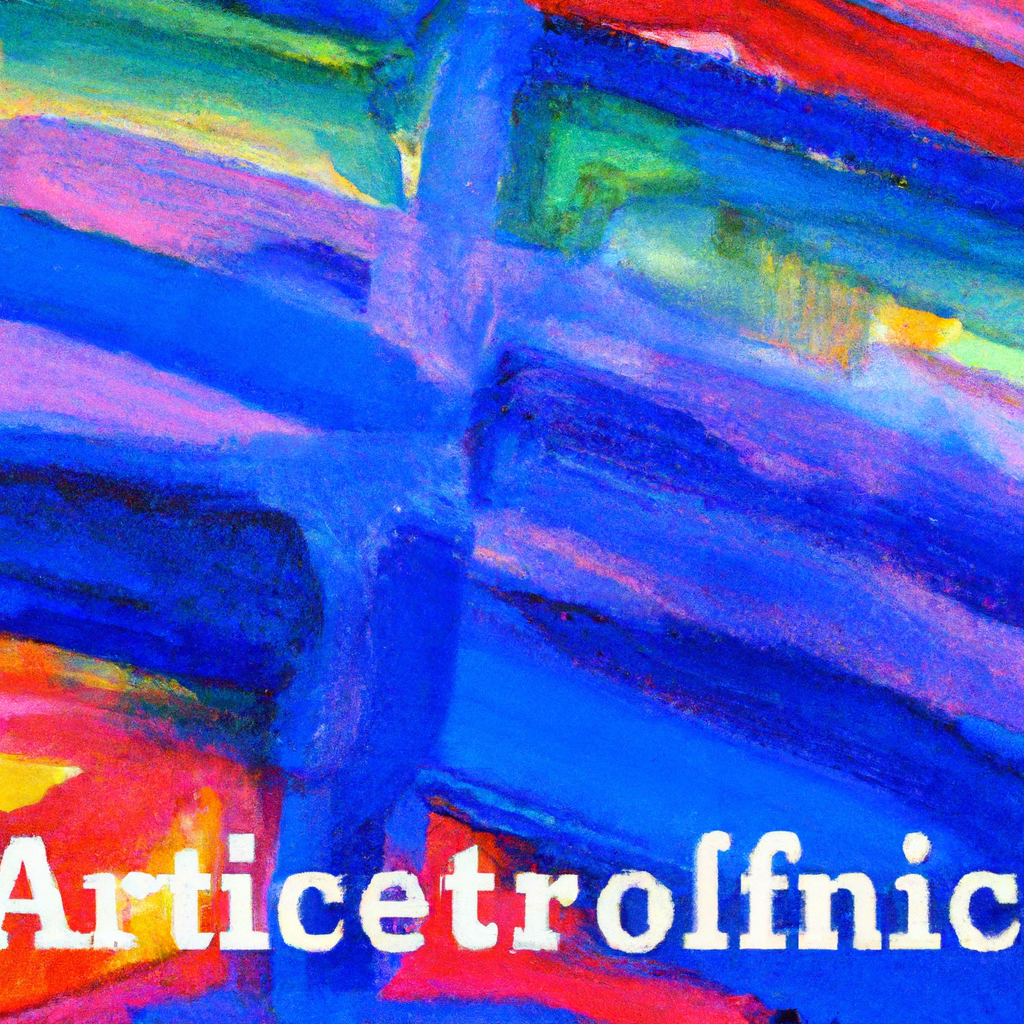
Experimenting with Different Surfaces
Exploring different surfaces can add a unique and interesting dimension to your gouache paintings. Traditional gouache paper is a good starting point, as it is specifically designed to handle the heavy pigmentation of gouache paints. Textured papers can add an additional tactile quality to your artwork and can help create interesting effects when combined with the opaque properties of gouache. Additionally, don’t limit yourself to paper alone. Explore alternative substrates such as wood or canvas to create a different look and feel to your paintings. You can also try using watercolor or mixed media surfaces for a more varied and experimental approach.
Taking Care of Your Gouache Paintings
To ensure the longevity of your bold and vibrant gouache paintings, it is important to take proper care of them. Allow sufficient drying time between layers to prevent smudging or lifting of the paint. Gouache has a quick-drying nature, but it is still important to let each layer fully dry before applying the next. Once your painting is complete, consider varnishing it for added protection. Varnish creates a protective barrier that guards against dust, dirt, and UV damage. Choose a varnish specifically formulated for gouache paintings and apply it according to the manufacturer’s instructions. Lastly, properly store your artwork to prevent damage. Keep your paintings in a cool, dry place away from direct sunlight and extreme temperatures. Consider framing your artwork to provide additional protection and showcase your vibrant gouache colors.
In conclusion, achieving bold and vibrant colors in your gouache paintings requires a combination of selecting the right materials, understanding color theory, preparing your workspace, mastering layering techniques, using the right techniques, leveraging underpainting, experimenting with different surfaces, and taking proper care of your artwork. By following these guidelines, you can create bold and vibrant gouache paintings that showcase your creativity and artistic vision.
